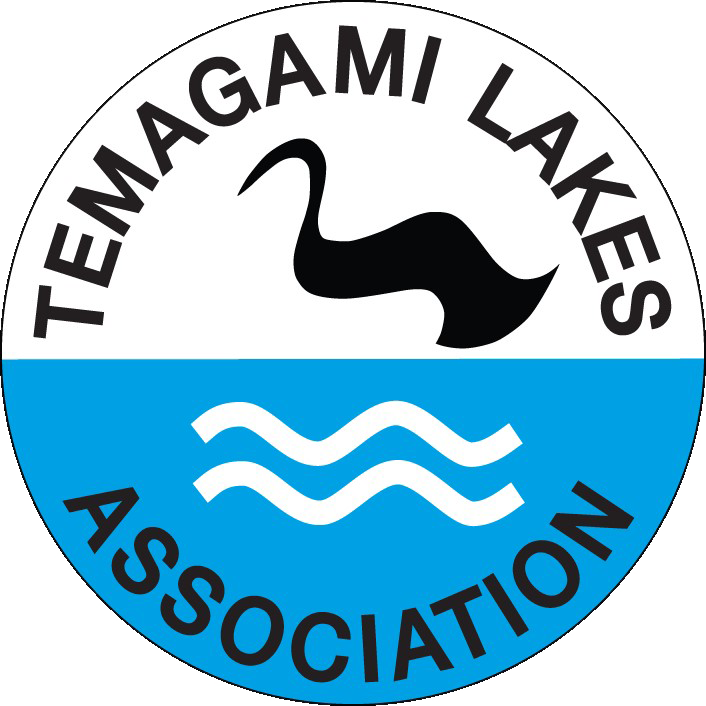-
-
2022-2023 Scheduled Forest Management Operations for Temagami Management Unit
2022-2023 “Annual Work Schedule” for Temagami Management Unit
-
Recording of TLA “Town Hall” from March 7, 2022
If you missed last night’s TLA “Town Hall” re: the new “Official Plan” for the Municipality of Temagami, please contact the TLA at tla@onlink.net for a link to the recording. You can…
-
Reminder: TLA “Town Hall” Meeting (Monday, March 7, 2022 at 7:00 p.m. Eastern)
This is a reminder that a TLA “Town Hall” meeting is scheduled for tonight (Monday, March 7, 2022 at 7:00 p.m. Eastern). The meeting is meant to be an educational and brainstorming…
-
Lake Temagami Water Levels (February 23 – March 1, 2022)
Lake Temagami Water Levels (February 23 – March 1, 2022)
